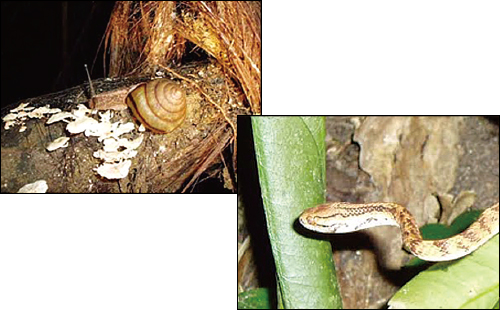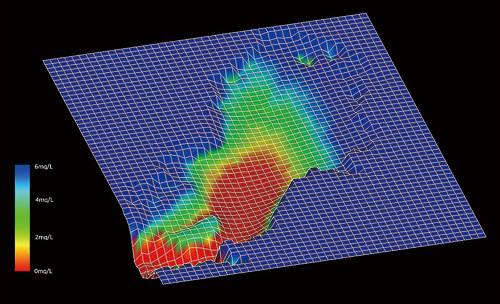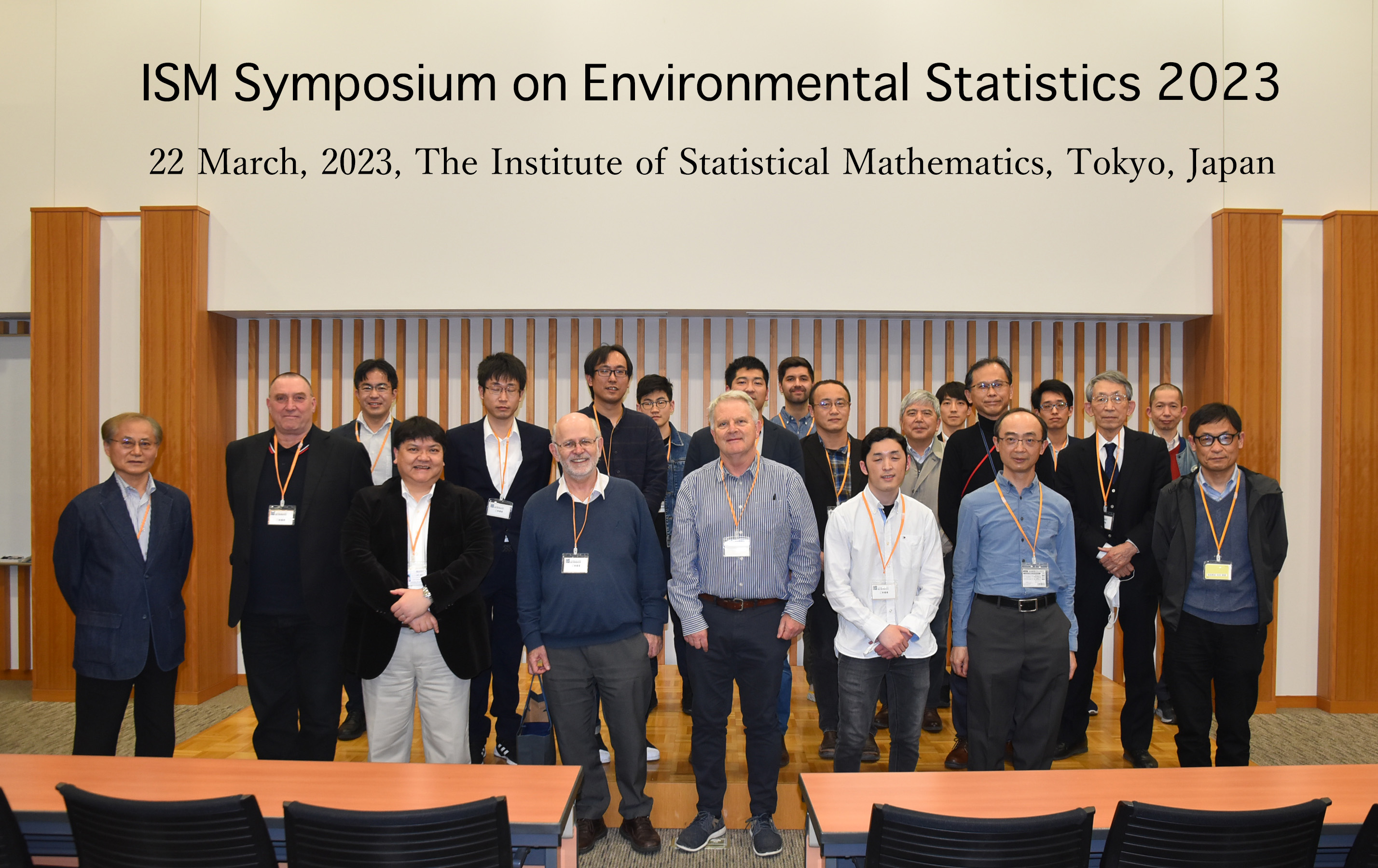
● Developing a method for assessing ecotoxicity related to dissolved oxygen content
● Development of a statistical risk assessment method for landslides
● Developing a new estimation method for prey-predator system
■ Developing a new estimation method
for prey-predator system

Reproduced from Mr. Masaki Hoso’s website (Hakubi Project, Kyoto University)
How often do lions eat zebras? Such questions can be answered using video cameras fitted on lions or by examining stomach contents (if animal ethics allow these). However, finding out the reverse, namely, how often zebras are eaten by lions, requires following all randomly selected zebras until death and identifying their cause of death, which is virtually impossible realistically speaking. Risk assessment for prey is more difficult than for predators. For snail species that cuts off its tail to escape a predator (similar to a lizard), we were able to estimate the rate of encountering their natural enemies, snakes, by using a unique data and statistical model based on their unique life cycle.
■ Achievement rate assessment for dissolved oxygen
content standards at the bottom layer of enclosed seas
 Dissolved oxygen content distribution in Tokyo Bay
Dissolved oxygen content distribution in Tokyo Bay
In assessing coastal waters, an ideal methodology integrates continuous data measurements from two to three locations at most and discrete data measurements over a wide area. The current environmental standard assessment uses discrete data measurements alone to determine whether each location satisfies environmental standards. To address this, we are working on determining the optimal sampling frequency for discrete measurements and developing a spatiotemporal assessment method for evaluating environmental standards.
■ Establishment of an International Network for Environmental Statistics
 ISM Symposium on
Environmental Statistics 2023
ISM Symposium on
Environmental Statistics 2023
The ISM Symposium on Environmental Statistics is held almost every year to build an international research network in environmental statistics, inviting a wide range of researchers in environmental statistics from abroad.
